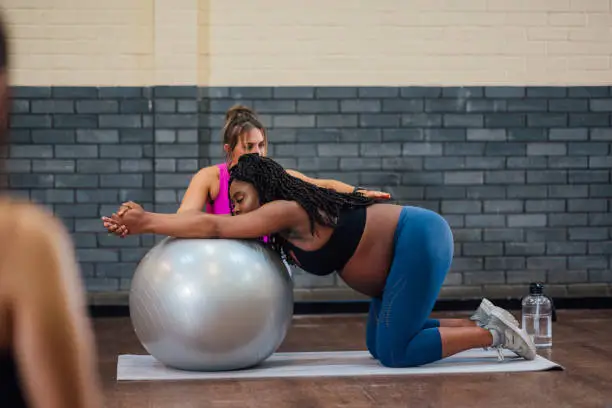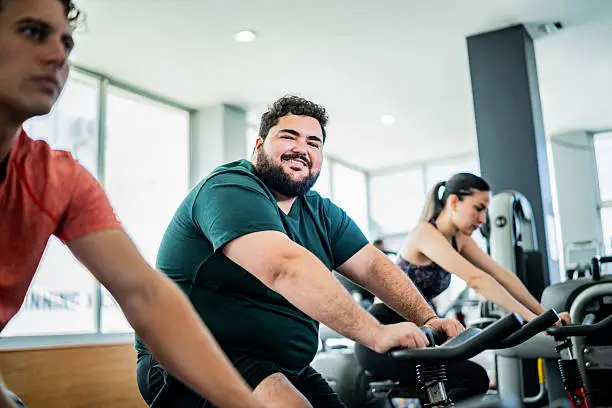If you’re like millions of desk workers around the world, chances are you spend a good chunk of your day sitting down. While that comfy office chair might feel like your best friend, prolonged sitting can wreak havoc on your body—tight muscles, poor posture, and nagging aches are just the beginning. The good news? With a bit of stretching and strength training tailored for desk-bound lifestyles, you can combat those negative effects and boost your energy, focus, and overall well-being.
In this article, we’ll explore why fitness matters for desk workers, dive into effective stretches and strength exercises you can do right at your desk or nearby, and share tips to keep you feeling great throughout the workday. Ready to break free from the sedentary slump? Let’s get moving! 🚶♂️✨
🪑 Why Fitness Matters for Desk Workers
The Hidden Dangers of Sitting Too Long
Sitting for hours on end might seem harmless, but studies show it can:
- Increase risk of back, neck, and shoulder pain due to poor posture and muscle imbalances.
- Reduce circulation, causing stiffness and fatigue.
- Contribute to weight gain and metabolic issues by slowing down your metabolism.
- Lead to decreased focus and productivity as physical discomfort distracts your brain.
The Power of Stretching and Strength Training
Incorporating regular stretching and strength moves can:
- Loosen tight muscles caused by sitting (hello, hip flexors and chest!).
- Strengthen weak postural muscles to support your spine and shoulders.
- Improve circulation and energy levels so you feel less sluggish.
- Prevent injuries and improve overall mobility.
🧘♀️ Essential Desk Stretches to Relieve Tightness
Neck and Shoulder Stretches
- Neck Tilt: Slowly tilt your head toward your shoulder and hold for 15-20 seconds on each side. This eases neck tension from staring at screens.
- Shoulder Shrugs: Raise your shoulders toward your ears, hold for 3 seconds, then release. Repeat 10 times to release shoulder stiffness.
- Chest Opener: Clasp your hands behind your back and gently lift your chest, squeezing shoulder blades together. Hold for 20 seconds to counteract forward hunching.
Back and Spine Stretches
- Seated Spinal Twist: Sit tall, place your right hand on your left knee, and gently twist your torso to the left. Hold 15-20 seconds, then switch sides.
- Cat-Cow Stretch (Seated or Standing): Arch your back and look up (cow), then round your spine and tuck your chin (cat). Repeat 10 times to mobilize your spine.
- Seated Forward Fold: With feet flat on the floor, hinge at your hips and reach toward your toes. Relax your neck and hold for 20 seconds.
Hip and Leg Stretches
- Hip Flexor Stretch: Stand up, take a step back with one foot, bend your front knee, and press hips forward gently. Hold 20 seconds each side.
- Hamstring Stretch: While seated, extend one leg, reach toward your toes, and hold. Switch sides.
- Ankle Rolls: Lift your foot off the floor and rotate your ankle clockwise and counterclockwise. Great for circulation.
💪 Strength Exercises to Improve Posture and Core Stability
Core Strengthening Moves
- Seated Abdominal Bracing: Sit tall, pull your belly button in toward your spine, and hold for 10 seconds. Repeat 10 times. This strengthens your deep core muscles.
- Seated Leg Lifts: While seated, straighten one leg and lift it a few inches off the floor. Hold 5 seconds, then lower. Repeat 10-15 times per leg.
- Desk Plank: If space allows, place your hands on your desk and step back into a plank position. Hold for 15-30 seconds to engage your core and shoulders.
Upper Body Strengtheners
- Wall Angels: Stand with your back against a wall, arms bent like goalposts. Slowly raise and lower your arms, keeping contact with the wall. Do 10-15 reps to strengthen shoulder stabilizers.
- Seated Rows (with resistance band): Wrap a resistance band around your desk or chair, hold ends, and pull elbows back squeezing your shoulder blades. Repeat 10-15 times.
- Chair Dips: Using a sturdy chair, place hands on the seat edge and lower your body slightly by bending elbows. Push back up. Repeat 8-12 times.
🕒 Tips to Stay Active During Your Workday
- Set a timer to stand and move every 30-60 minutes. Even just a minute or two helps circulation and resets posture.
- Incorporate stretches at your desk—no need to change clothes or interrupt work!
- Use a standing desk or adjustable workspace to alternate sitting and standing.
- Practice deep breathing and mindfulness to reduce stress and tension.
- Hydrate regularly—water intake promotes energy and focus.
🚀 How to Build a Desk Workout Routine
Here’s a simple 15-minute routine to energize your workday:
Warm-Up (3 minutes)
- Neck tilts, shoulder shrugs, and ankle rolls.
Stretching (6 minutes)
- Chest opener (1 minute)
- Seated spinal twist (2 minutes total)
- Hip flexor stretch (2 minutes total)
- Seated hamstring stretch (1 minute)
Strength (6 minutes)
- Seated abdominal bracing (2 minutes)
- Wall angels (2 minutes)
- Chair dips or seated rows (2 minutes)
⚠️ Common Mistakes Desk Workers Make and How to Fix Them
- Ignoring posture: Slouching strains muscles and joints. Use reminders to check your posture.
- Sitting too long: Prolonged sitting is harmful; break it up regularly.
- Skipping strength training: Stretching is great but don’t forget to strengthen weak muscles.
- Neglecting ergonomics: Adjust your chair, monitor, and keyboard to support good posture.
❓ FAQs About Fitness for Desk Workers
Q1: How often should I stretch during the workday?
Aim for short stretching breaks every hour, especially after prolonged sitting.
Q2: Can I do strength exercises without equipment?
Yes! Many strength moves can be done using body weight or resistance bands.
Q3: What if I have back pain while working?
Incorporate gentle stretches and consult a healthcare professional if pain persists.
Q4: Is standing always better than sitting?
Alternating between sitting and standing is best to reduce strain.
Q5: How can I stay motivated to exercise at work?
Set reminders, team up with coworkers, and celebrate small wins.



